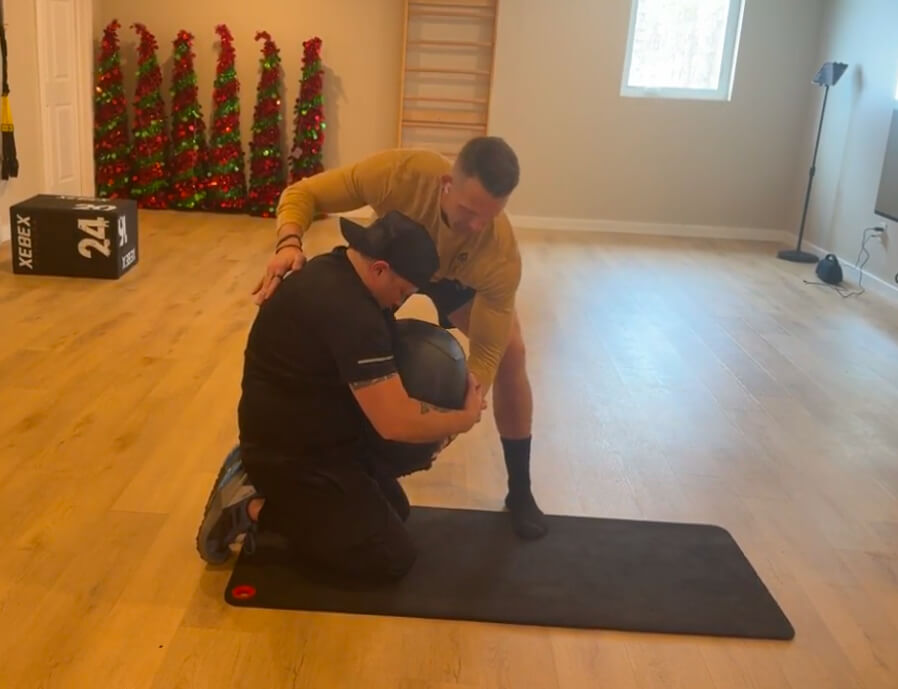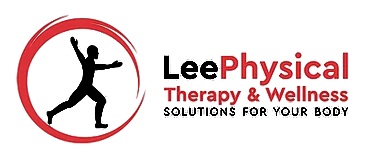Contrary to popular belief, there is no single “perfect posture.” Instead, the best posture is one that continuously changes throughout the day. However, maintaining a consistent posture can benefit specific tasks or activities, such as typing, sitting for extended periods, or performing strength exercises. Let’s dive into the nuances of posture and how you can apply these insights to your daily routine and exercise program.
What Is Posture, and Why Does It Matter?
“Posture” refers to the position of the body in space. Its primary purpose is to maintain balance during both static and dynamic movements.
Posture distributes stress throughout the body, shifting it from one area to another depending on your position. When recovering from injuries-like back pain-posture becomes even more critical.
For instance, many individuals with back pain are flexion intolerant, meaning that bending forward (rounding the spine) can aggravate sensitive tissues. Maintaining a neutral spine-a position where the spine’s natural curves are preserved-often minimizes irritation and allows healing to begin. This doesn’t mean bending is inherently bad, but it can temporarily exacerbate symptoms. Over time, the goal is to gradually reintroduce bending movements in a way that the body can tolerate.
Posture, Exercise, and Back Pain
The idea of “non-specific back pain” is misleading. Terms like “non-specific back pain,” “idiopathic back pain,” or “lumbosacral strain” are often used when the underlying cause isn’t identified. However, a thorough assessment will usually reveal the root causes in terms of offending motions, postures, or loads.
Many back issues stem from mechanical factors, such as repetitive strain or excessive loads exceeding tissue tolerance. These loads can build up gradually over time or result from a single event, like lifting too much weight with improper technique.
How to Avoid Injury While Lifting
A common question is: How do I avoid getting hurt while lifting from the ground, like during a deadlift?
The answer depends on your individual history, range of motion, strength, and ability to control your body in space. Working with a qualified trainer or therapist can make a tremendous difference (hint: hire us).
When the lumbar spine flexes excessively, the lumbar portion of your erector spinae muscles ability to resist shearing forces is diminished, increasing the risk of injury for some individuals (shear isn’t a bad thing; it’s just a type of force; just appreciate it and how it impacts you) That’s not to say you can’t lift with a slightly flexed spine. The biggest takeaway is to not allow motion from the spine when you perform your lift. So, how can you improve your form and posture during exercises like the deadlift?
Steps to Improve Your Posture and Movement
- Segmental Spinal Control Does your spine segment well? Start with segmental cat-camels, which help you articulate your spine and improve coordination during dynamic movements like a deadlift. Jefferson curls can also be helpful for building control-though they’re not suitable for everyone, especially those with sciatic nerve pain.
- Advanced Exercise: Spine CARs (Controlled Articular Rotations)
- Beginner Exercise: Learn to Move Segmentally
- Dissociate Your Spine from Your Hips Learn to stabilize your spine while moving your hips. Bird dogs are a great place to start, as they teach core control during dynamic movements. For a more advanced challenge, try loaded bear crawls.
- Video Tutorial: Bird Dog Progression
- Advanced Option: Advanced Hip-Spine Dissociation
- Master the Hip Hinge A proper hip hinge minimizes spinal movement and maximizes the range of motion from your hips. This will mechanically prioritize your glutes and hamstrings during hinging exercises (deadlifts, RDL, etc.). Rely on your hip motion, less your spine motion, in these strength exercises. This helps reduce injury and targets the intended muscles more effectively. The spine should be locked into place with co-contractions from every muscle to provide stability and rigidity. You can train flexion and extension with specific exercises. I wouldn’t recommend doing this with your deadlifts. Everyone should be training this movement pattern in some manner!
- Video Tutorial: Hip Hinge Mechanics
Why Form Matters
Form-or posture-is critical during exercise. The old saying “form over everything” holds true, especially when lifting weights. Subtle changes in joint positions can drastically alter which muscles are being trained and how much strain is placed on different tissues.
My Experience and the McGill Method
With nearly 20 years of experience as a trainer, I have conducted over 30,000 training sessions, working with an average of 40 clients per week for the past 15 years. Over 95% of these sessions are private, allowing me to focus on each client’s specific goals. Over time, I have developed a unique niche working with individuals suffering from back pain who have often exhausted other methods without success.
My dedication to professional development has led me to invest more than $100,000 into my education and certifications. One of the highlights of my career is becoming the only Trainer in New York Certified as a McGill Method Practitioner. This rigorous certification process spans nearly two years and is regarded as one of the most stringent in the Fitness industry, requiring both oral and live demonstrations of practical skills.
The “McGill Method” is a highly respected approach to assessing and treating low back pain, developed by renowned spine expert Dr. Stuart McGill. Recognized globally, this method emphasizes identifying the root cause of back pain through detailed assessments and then addressing it with targeted exercises designed to improve core stability and minimize harmful movements. Unlike generic stretches or exercises, the McGill Method offers individualized solutions that directly address the underlying issue, making it a gold standard in back pain management. Learn more about how I apply this method in my practice here. Work with Me Remotely Here is how you can work with me remotely anywhere in the world. Sign up here and download our app for free to get started!
Key Takeaways
- There’s no one-size-fits-all “perfect posture.”
- Proper posture and movement are critical for injury recovery and effective strength training.
- Learning to hinge with a neutral spine is foundational for safe and effective lifting.
Whether you’re recovering from an injury or aiming to improve your performance, understanding posture and working with a qualified professional can make all the difference.


